It’s hard to believe that less than two weeks ago farmers everywhere were looking for rain in order to keep grass growing.
Since then those in the west and northwest have got buckets of rain, most of it falling in the last few days. Heavy soils have gone from being dry to being saturated in a week.
Managing these conditions is tricky. It’s very difficult to achieve the three objectives of avoiding damage, feeding cows well on grass and achieving high grass utilisation rates when land is wet.
Extreme cases
In extreme cases, cows may have to be housed for a short period. Where the infrastructure is in place it makes sense to use it when necessary. However, the preference will always be to have cows out grazing when possible.
If cows need to be housed, feed good quality silage and increase meal feeding rates to 3kg to 4kg/cow/day.
Allocate grass on a 12-hour basis and back fence to prevent cows walking back over previously grazed area.
Target lighter covers on drier fields during very wet weather to prevent cows walking too much grass into the ground. Some utilisation losses will be unavoidable. The forecast for the coming week is unsettled so further wintry showers can be expected.
Midlands and east
Soil moisture deficits are still a feature of life in the midland and eastern counties although there is no real evidence of this on the surface.
Grass growth rates have been excellent since the rain came, with some farms recording growth rates in excess of 100kg/day.
Grass growth rates have been excellent since the rain came, with some farms recording growth rates in excess of 100kg/day.
Air temperatures are set to drop this week and be a little cooler than normal so keep that in mind when making decisions about skipping over paddocks as growth rates are likely to drop this week.
Because the weather is so unsettled it’s hard to find an opportunity to cut paddocks for silage. High growth rates leading to a high number of paddocks taken out for silage in unsettled weather is a dangerous combination if growth rates drop.
At this stage the priority is to get grazing ground back in the rotation for the cows. If this means that bale silage needs to be cut in less than ideal conditions then so be it.
Read more
Dairy Management: grass growth and meal feeding rates
Ways of getting clover into grass swards
It’s hard to believe that less than two weeks ago farmers everywhere were looking for rain in order to keep grass growing.
Since then those in the west and northwest have got buckets of rain, most of it falling in the last few days. Heavy soils have gone from being dry to being saturated in a week.
Managing these conditions is tricky. It’s very difficult to achieve the three objectives of avoiding damage, feeding cows well on grass and achieving high grass utilisation rates when land is wet.
Extreme cases
In extreme cases, cows may have to be housed for a short period. Where the infrastructure is in place it makes sense to use it when necessary. However, the preference will always be to have cows out grazing when possible.
If cows need to be housed, feed good quality silage and increase meal feeding rates to 3kg to 4kg/cow/day.
Allocate grass on a 12-hour basis and back fence to prevent cows walking back over previously grazed area.
Target lighter covers on drier fields during very wet weather to prevent cows walking too much grass into the ground. Some utilisation losses will be unavoidable. The forecast for the coming week is unsettled so further wintry showers can be expected.
Midlands and east
Soil moisture deficits are still a feature of life in the midland and eastern counties although there is no real evidence of this on the surface.
Grass growth rates have been excellent since the rain came, with some farms recording growth rates in excess of 100kg/day.
Grass growth rates have been excellent since the rain came, with some farms recording growth rates in excess of 100kg/day.
Air temperatures are set to drop this week and be a little cooler than normal so keep that in mind when making decisions about skipping over paddocks as growth rates are likely to drop this week.
Because the weather is so unsettled it’s hard to find an opportunity to cut paddocks for silage. High growth rates leading to a high number of paddocks taken out for silage in unsettled weather is a dangerous combination if growth rates drop.
At this stage the priority is to get grazing ground back in the rotation for the cows. If this means that bale silage needs to be cut in less than ideal conditions then so be it.
Read more
Dairy Management: grass growth and meal feeding rates
Ways of getting clover into grass swards





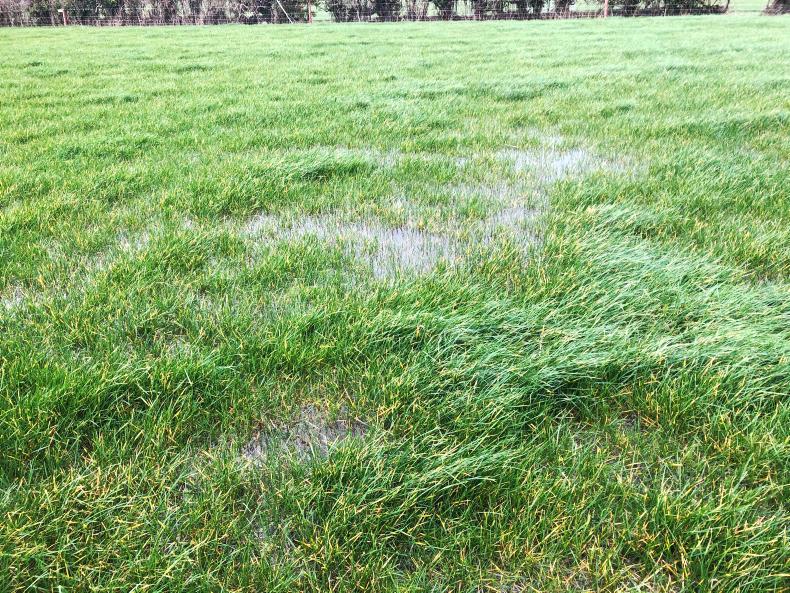
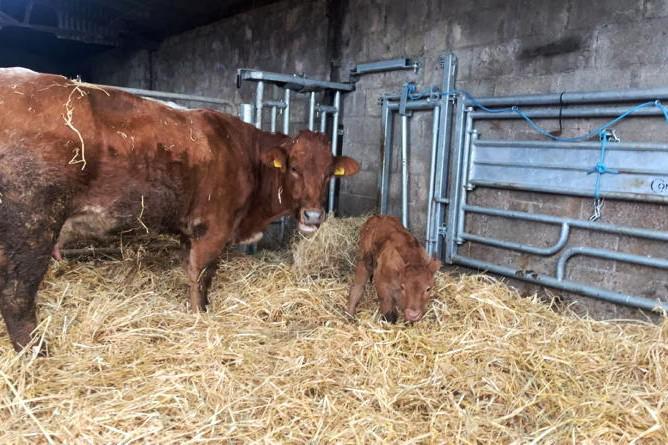

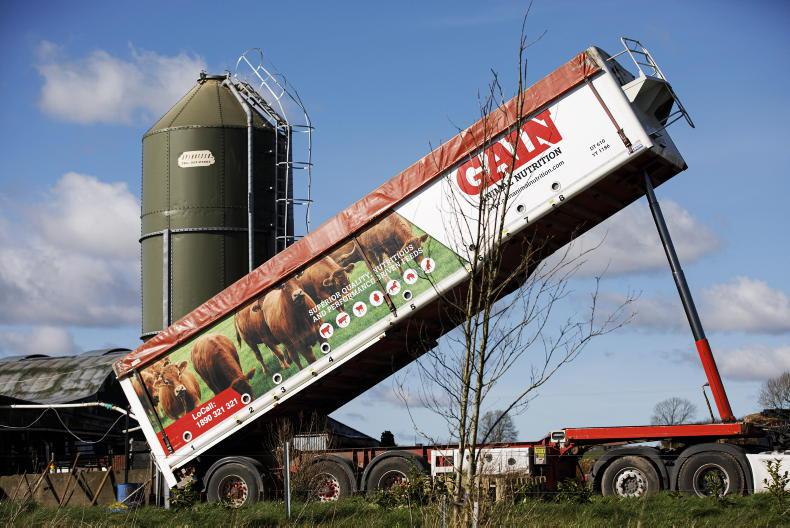
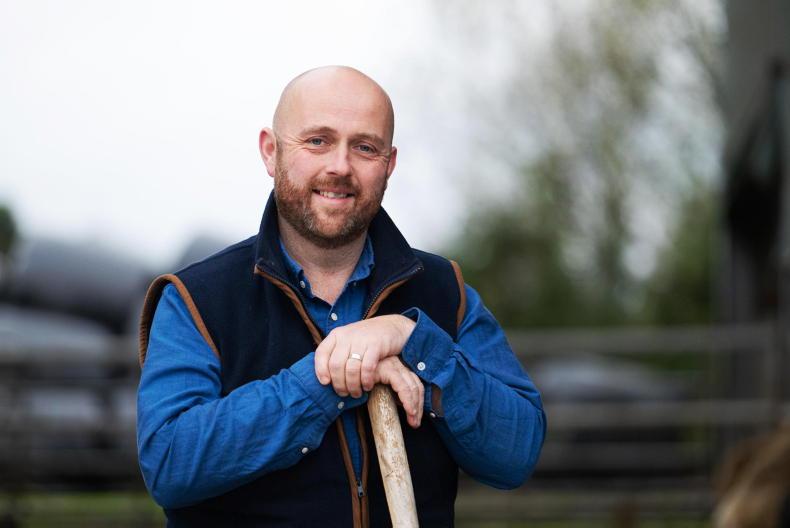
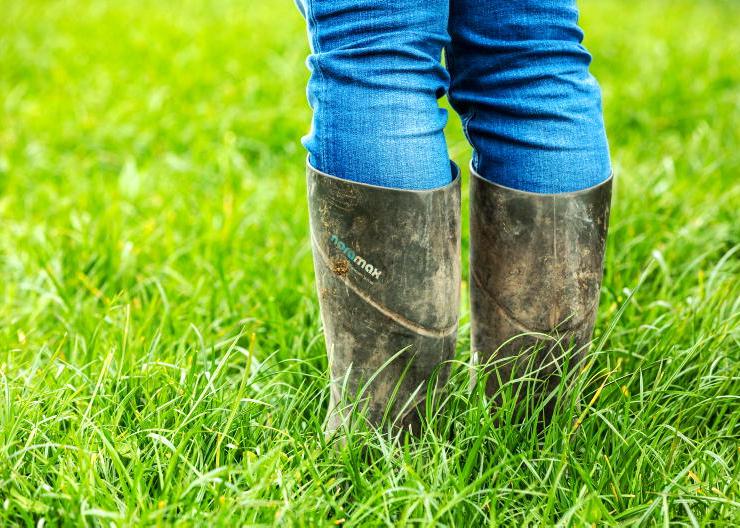
SHARING OPTIONS